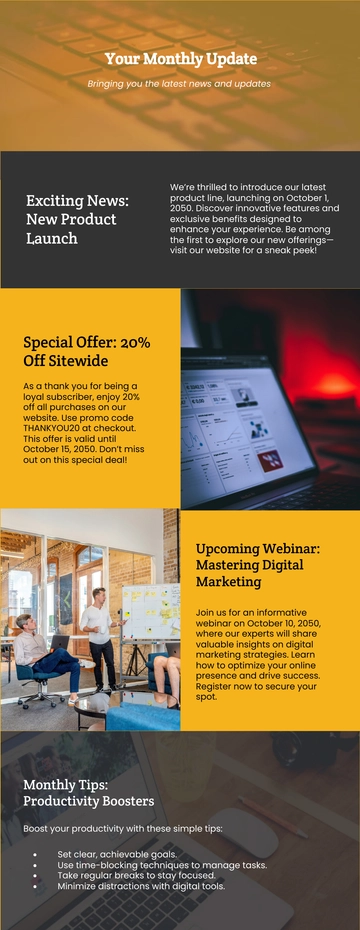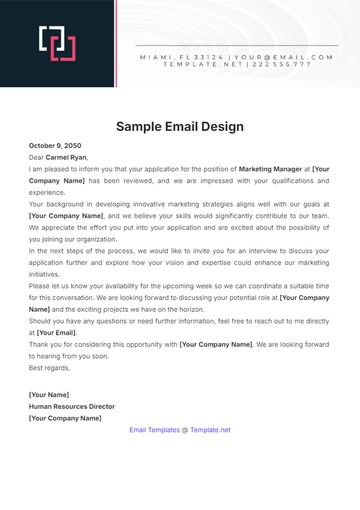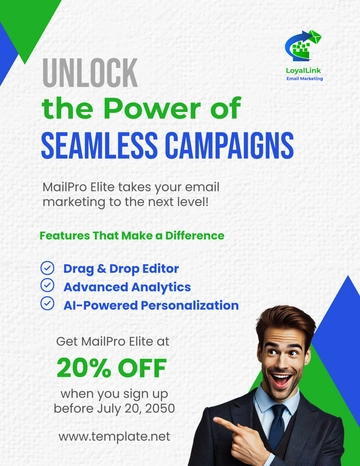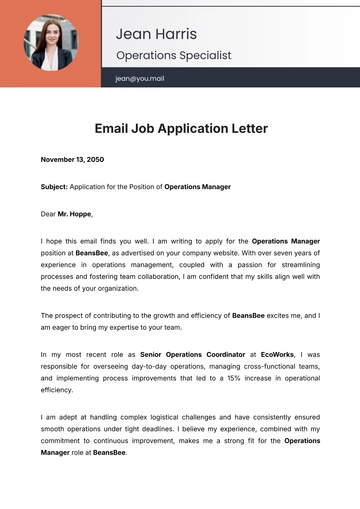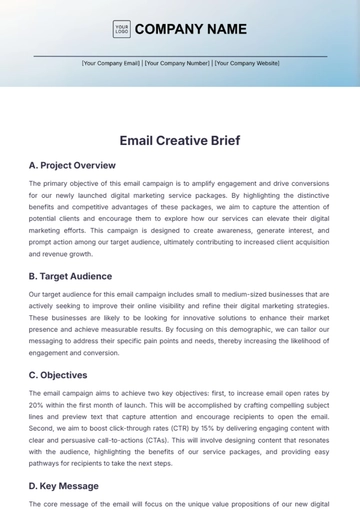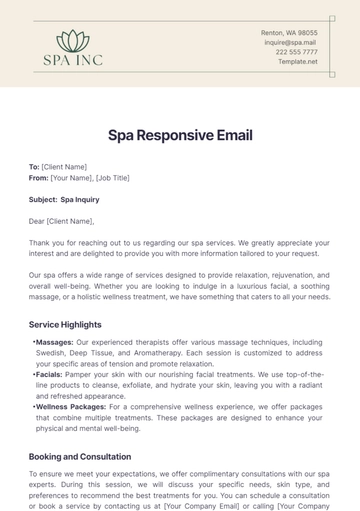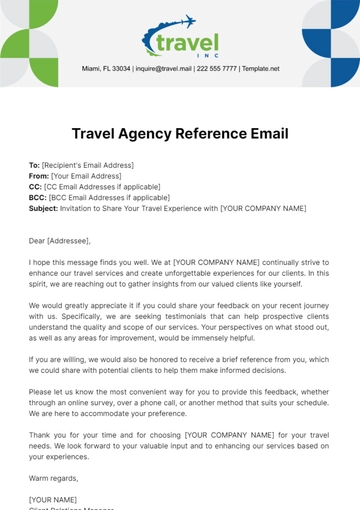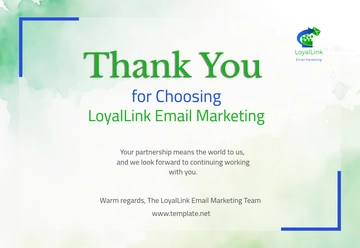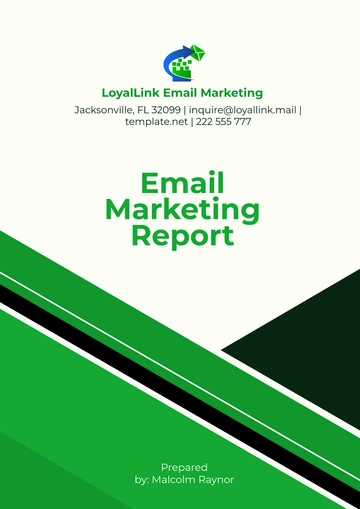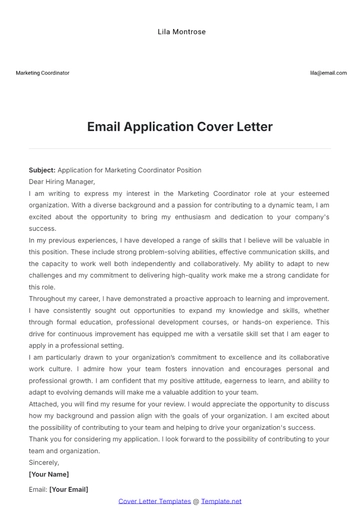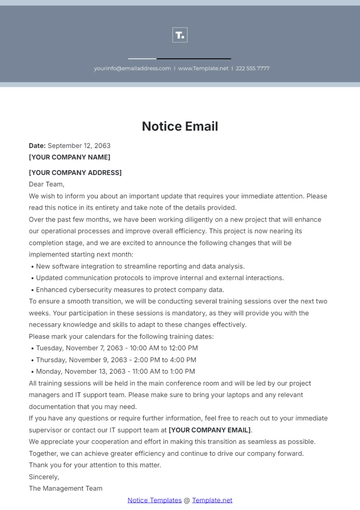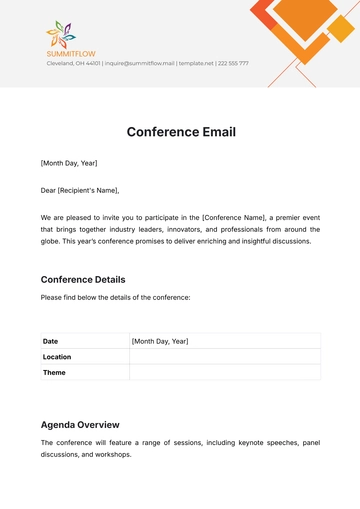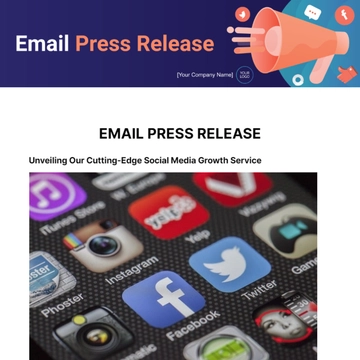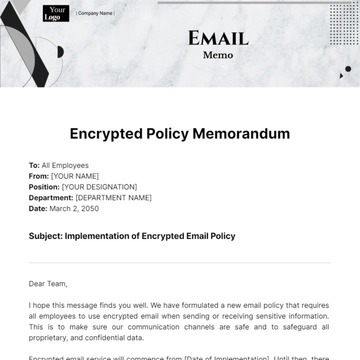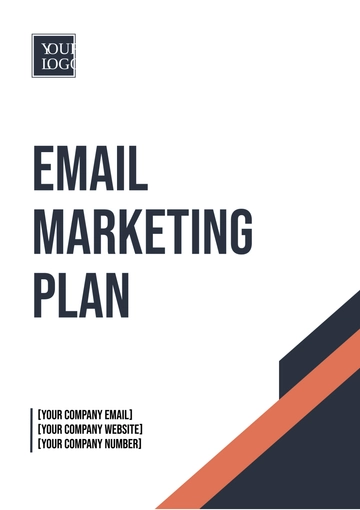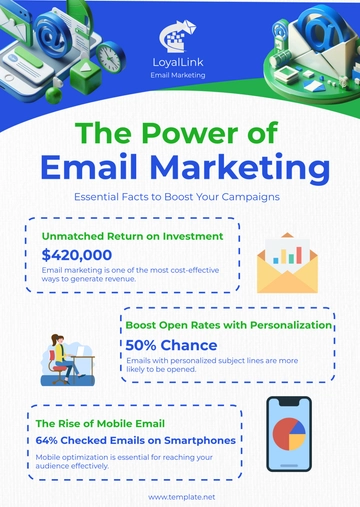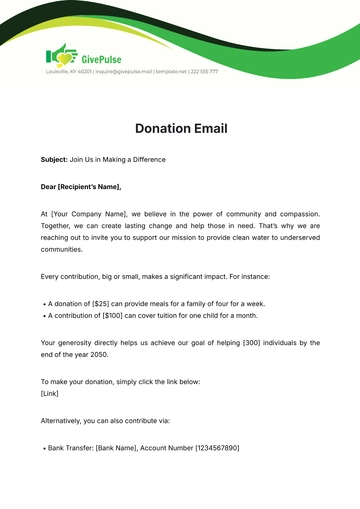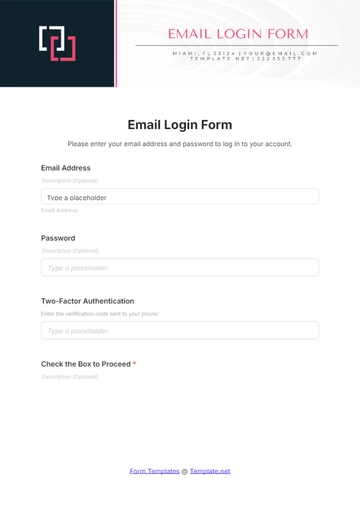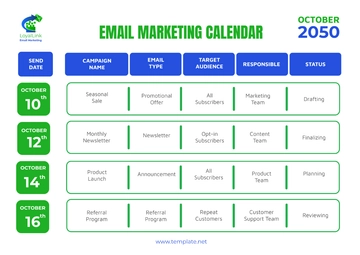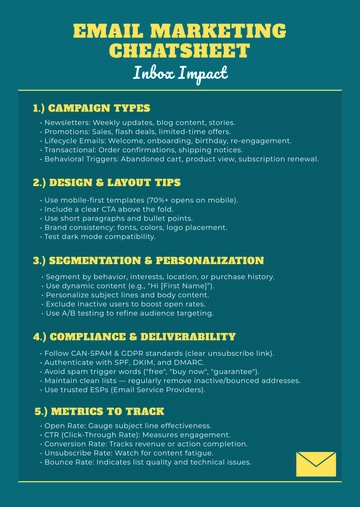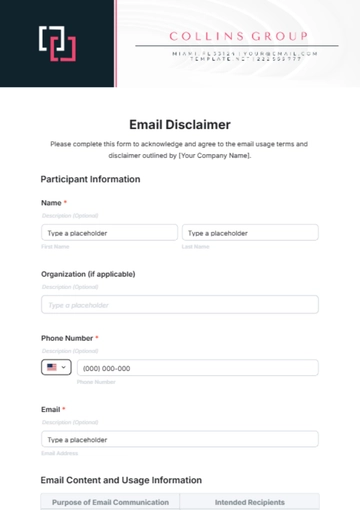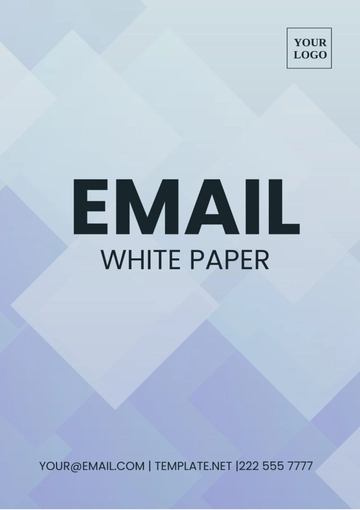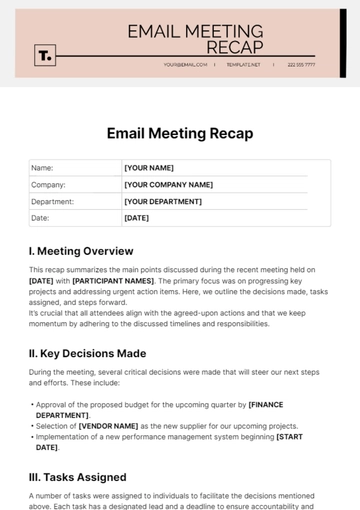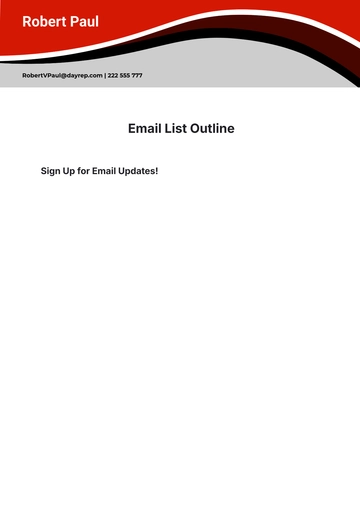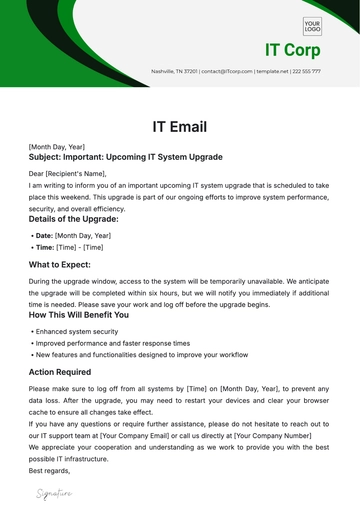Free Email Marketing Document on Email Automation Flows
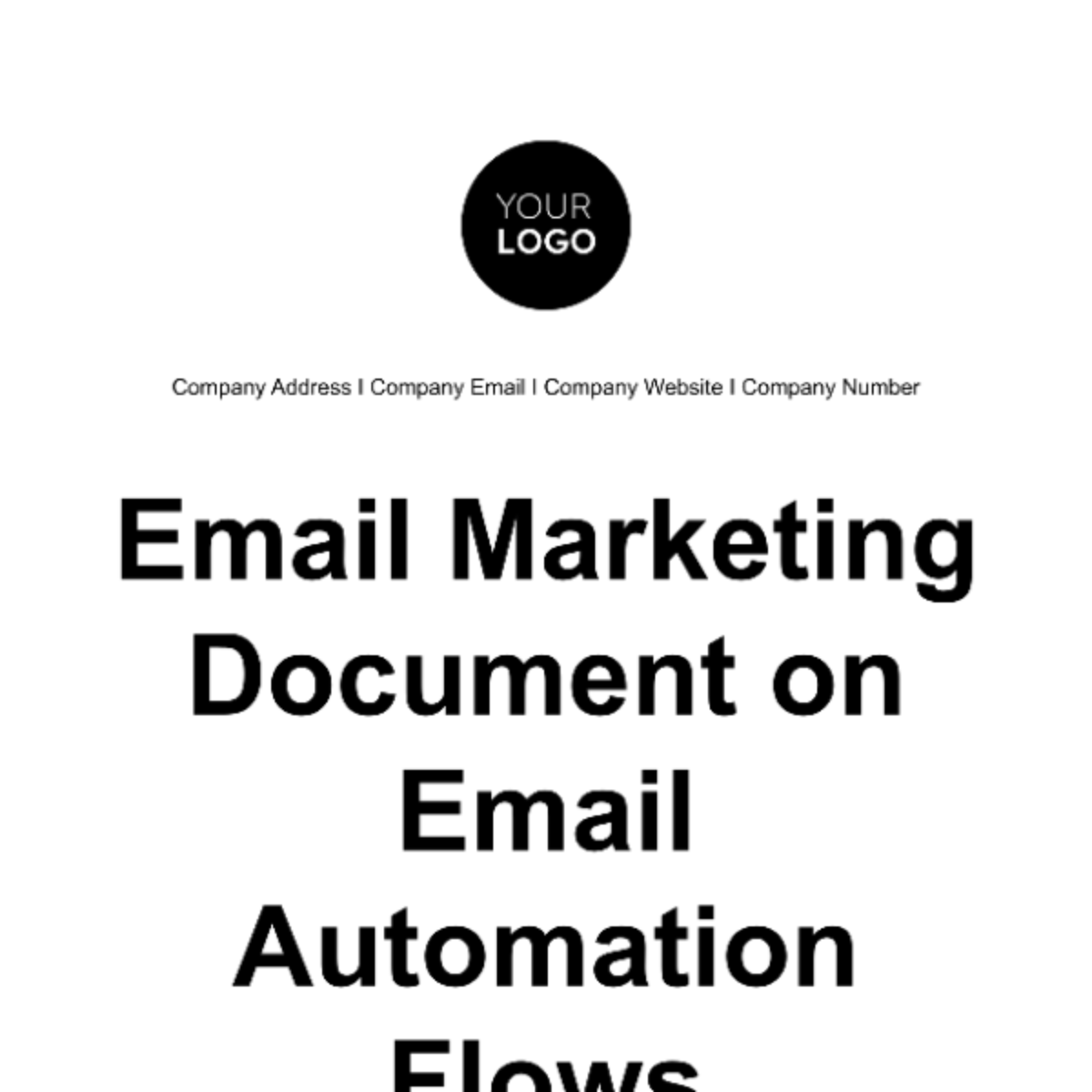
I. Introduction to Email Automation Flows
A. Definition and Overview
Email automation flows are a set of meticulously designed, automated email campaigns that serve as the cornerstone of modern marketing strategies. These automated sequences are meticulously crafted to engage with subscribers at pivotal touch points throughout the customer journey, ensuring timely and highly relevant communication.
The significance of email automation cannot be overstated. In the era of data-driven marketing, it has emerged as a vital tool for businesses, backed by a compelling array of statistics and research findings:
According to Statista, as of 2021, over 306 billion emails were sent and received daily worldwide. That number is expected to reach 376 billion by 2025, emphasizing the ubiquity of email as a communication medium.
Research by the Data & Marketing Association (DMA) reveals that for every $1 spent on email marketing, the average return on investment (ROI) is $42, making it an astoundingly cost-effective marketing channel.
Case studies from prominent brands such as Amazon, Netflix, and Airbnb demonstrate how strategic email automation can drive customer engagement and foster brand loyalty. For instance, Amazon's personalized recommendation emails account for 35% of its total sales.
B. Importance of Email Automation
The adoption of email automation flows in marketing strategies is not just a trend; it's a strategic imperative. Here's why:
Efficiency: Email automation is a time-saving marvel. It allows businesses to send personalized messages automatically, sparing marketing teams from tedious manual tasks. |
Consistency: Inconsistencies in messaging and branding can undermine the trust and recognition that businesses work so hard to build. Automation ensures that your brand voice remains unwavering across all communications. |
Improved Engagement: The timely delivery of tailored content fosters deeper engagement. When your messages align with the recipient's interests and behavior, it significantly enhances the chances of interaction. |
Conversion Rates: Automation often translates into higher conversion rates. By delivering the right message to the right person at the right time, you increase the likelihood of conversions, whether it's making a purchase, signing up for a webinar, or downloading an eBook. |
C. Purpose and Goals of the Document
This document serves as your comprehensive guide to navigating the intricate world of email automation flows. It has a dual purpose:
Education: It empowers marketing professionals with a profound understanding of email automation, its types, and its transformative potential. |
Actionable Insights: It equips you with practical knowledge, best practices, and actionable tips for creating, implementing, and optimizing email automation campaigns that deliver remarkable results. |
In the following sections, we will delve into the different types of automation flows, explore the intricacies of setting up automation, unveil best practices that have stood the test of time, and provide you with real-world examples that illustrate the power of email automation. As we journey together through this document, you'll discover that harnessing the capabilities of email automation flows can be a game-changer for your marketing endeavors.
II. Types of Email Automation Flows
A. Welcome Series
Introduction: The Welcome Series – Your First Impression
When a new subscriber joins your email list, the Welcome Series steps into the spotlight. It's the very first interaction they have with your brand, setting the stage for a lasting relationship. Here's what you can expect from this essential email automation flow.
Purpose and Benefits: Crafting a Strong Foundation
The primary purpose of the Welcome Series is to make a memorable introduction. It's your opportunity to say, "Hello, we're glad you're here!" But it's not just about pleasantries; it's about creating a foundation for a mutually beneficial connection.
Benefits include:
Improved Engagement: By promptly acknowledging a new subscriber's presence and sharing your brand's essence, you increase the chances of capturing their attention and curiosity.
Conversion Rates: The Welcome Series isn't just a polite gesture; it's an invitation to take action. It can drive conversions by nudging subscribers toward the first purchase or the first meaningful interaction with your brand.
Key Components:
Series of Emails: Typically, a Welcome Series consists of several emails sent in quick succession. This allows you to gradually introduce your brand and nurture the relationship.
Introduction to Your Brand: The first email sets the stage by introducing your brand's story, values, and the products or services that make you unique.
Calls-to-Action (CTAs): Encourage subscribers to take specific actions. It might be making a purchase, signing up for a newsletter, or exploring your website further.
B. Abandoned Cart Recovery
Introduction: Rescuing Abandoned Carts, One Email at a Time
Imagine a potential customer browsing your online store, adding items to their cart, and then, for some reason, leaving without completing the purchase. The Abandoned Cart Recovery flow is your opportunity to rekindle their interest and potentially rescue lost sales.
Purpose and Benefits: Salvaging Sales and Customer Relationships
The purpose of this automation flow is crystal clear: recover potentially lost sales. But the benefits extend far beyond immediate revenue:
Key Components:
Triggered Abandonment: This flow is triggered when a user abandons their shopping cart, sending a clear signal that they are interested in your products.
Reminder Emails: The series typically includes reminder emails that bring abandoned products back into the spotlight. These emails provide a visual reminder of what the customer left behind.
Incentives or Discounts: To sweeten the deal, consider offering incentives or discounts to encourage customers to complete their purchases. It's an effective tactic to tip the scales in your favor.
C. Drip Campaigns
Introduction: Nurturing Leads, One Drip at a Time
Drip Campaigns are the unsung heroes of email marketing. They deliver a series of emails over time, gradually nurturing leads and guiding them through the sales funnel. This automation flow is all about the art of patience and precision.
Purpose and Benefits: Cultivating Relationships and Building Trust.
The primary purpose here is to nurture leads and guide them toward conversion. This approach has numerous benefits:
Key Components:
Automated Series: Drip campaigns are automated sequences that are triggered based on subscriber behavior or specific criteria. They allow you to send a series of emails tailored to each subscriber's unique journey.
Educational Content: Provide value through educational content, testimonials, and product information. The goal is to help subscribers make informed decisions.
Gradual Lead Warming: Drip campaigns warm up your leads over time. By delivering targeted messaging at the right intervals, you build trust and keep your brand top-of-mind.
D. Customer Onboarding
Introduction: Onboarding Your Customers for Success
Customer Onboarding flows play a crucial role in ensuring that new customers get the most out of your product or service from day one. It's like a friendly guide welcoming them to a new world of possibilities.
Purpose and Benefits: Reducing Churn and Increasing Satisfaction
The primary purpose is to familiarize new customers with your offering, reduce churn, and ultimately boost customer satisfaction.
Key Components:
A Series of Emails: A typical Customer Onboarding flow consists of a series of emails designed to introduce key features and benefits gradually.
How-to Guides and Tutorials: Provide resources that help customers understand how to make the most of your product or service. Clear, step-by-step instructions can be incredibly valuable.
Encouragement: Encourage customers to complete setup or engage with key features. It's all about making their journey as smooth as possible.
E. Re-engagement Campaigns
Introduction: Rekindling Interest and Rediscovering Engagement
Subscriber inactivity can be a concern, but it's also an opportunity. Re-engagement Campaigns aim to reignite the interest of those who have drifted away and bring them back into the fold.
Purpose and Benefits: Renewed Engagement and Updated Preferences
The primary purpose is to revive the interest of inactive subscribers and encourage them to re-engage with your brand.
Key Components:
Segmentation: Start by segmenting and identifying inactive subscribers. Not all inactivity is the same, so tailor your approach based on the level of engagement.
Engaging Content or Offers: Develop compelling content or offers that capture the attention of inactive subscribers. Provide something of value that reignites their interest.
Clear CTAs: Include clear calls-to-action that encourage subscribers to re-engage, whether it's by revisiting your website, updating their preferences, or taking some other action.
In the sections that follow, we will delve deeper into each of these email automation flows, exploring how to create them, best practices for their implementation, and real-world examples to illustrate their impact.
III. Setting Up Email Automation Flows
In this section, we'll delve into the nuts and bolts of setting up email automation flows. Whether you're new to email marketing automation or seeking to refine your existing processes, these steps are essential in ensuring your campaigns run smoothly and efficiently.
A. Selecting an Email Marketing Platform
The choice of your email marketing platform is pivotal. It serves as the engine that powers your automation efforts. Here's what you should consider when making this critical decision.
Your email marketing platform is more than just a tool; it's the cornerstone of your email marketing strategy. It plays a crucial role in automation, delivering your messages to the right people at the right time. Here's why your choice is so important:
Robust Automation Features: Look for a platform that offers comprehensive automation features. This includes the ability to set triggers, create workflows, and customize automation paths based on subscriber behavior. |
Integration with CRM: Seamless integration with your Customer Relationship Management (CRM) system is essential. This ensures that your automation flows are synchronized with your customer data, allowing for a unified and informed customer experience. |
Excellent Deliverability Rates: Your emails won't be effective if they don't reach the inbox. Opt for a platform with a proven track record of high deliverability rates. This ensures that your emails have the best chance of being seen. |
B. Segmenting Your Email List
Effective segmentation is the secret sauce of successful email marketing automation. It's about breaking your email list into distinct groups based on demographics, behaviors, or preferences to deliver highly targeted and personalized automation flows.
Segmentation allows you to speak directly to your audience's unique needs and interests, increasing the relevance and effectiveness of your email campaigns:
Demographics: Segment by age, gender, location, or any other relevant demographic factors. |
Behavioral: Group subscribers based on how they interact with your emails, website, or products. |
Preferences: Tailor content to match subscriber preferences, such as product category or content type. |
C. Creating Engaging Content
Compelling content is the beating heart of email marketing. Your email copy, visuals, and offers should be captivating and relevant to your audience. Here's why content matters so much.
Engaging content captures your audience's attention, drives action, and fosters meaningful connections:
Captivating Copy: Write a copy that resonates with your audience. It should be clear, persuasive, and aligned with your brand voice. |
Relevance: Your content should address the needs and interests of each segment. Personalization and content relevancy significantly improve engagement rates. |
D. Designing Email Templates
Consistency and visual appeal matter when it comes to email templates. Your templates should reinforce your brand identity, be mobile-responsive, and align with your brand guidelines.
Your email templates are more than aesthetics; they impact how your brand is perceived and the recipient's experience:
Brand Identity: Templates should be consistent with your brand's visual identity, including color schemes, logos, and typography. |
Mobile Responsiveness: In an era where most emails are opened on mobile devices, responsive design is non-negotiable. Ensure your templates look great on screens of all sizes. |
E. Integrating with Other Tools (e.g., CRM)
Email marketing doesn't exist in isolation. Integration with your CRM and other marketing tools is vital for maintaining data consistency and delivering a seamless customer experience.
Integrating your email marketing platform with other tools ensures that data flows seamlessly across your marketing ecosystem:
Unified Customer Experience: Integration allows you to provide a consistent experience to your customers across all touchpoints, whether it's email, social media, or your website. |
Data Synchronization: By syncing data between platforms, you avoid discrepancies and ensure that you're always working with the most up-to-date information. |
F. Selecting an Email Marketing Platform
Before your automation flows go live, rigorous testing and quality assurance are essential. This ensures a flawless recipient experience and prevents issues that could damage your brand's reputation.
Thorough testing and quality assurance are your insurance policies against common email mishaps:
Cross-Device Compatibility: Test your emails across various devices and email clients to ensure they render correctly and look appealing. |
Content and Links: Check for broken links, typos, and formatting issues that can undermine the professionalism of your emails. |
By diligently following these steps, you'll set the stage for email automation flows that are not just functional but exceptionally effective in achieving your marketing goals. In the following sections, we'll delve deeper into each of these aspects, providing actionable insights and best practices to guide your implementation.
IV. Best Practices for Email Automation Flows
A. Personalization and Segmentation
Personalization: Tailor your email automation flows by using subscriber data such as names, preferences, and purchase history. Personalized emails tend to have higher open and click-through rates as they feel more relevant to the recipient.
Segmentation: Divide your audience into segments based on characteristics like location, behavior, or demographics. Targeted messaging increases engagement and conversion rates.
B. Timing and Frequency
Timing: Choose the right timing for your automated emails. Consider time zones, subscriber behavior, and the nature of your content. Test different sending times to determine what works best for your audience.
Frequency: Avoid overwhelming subscribers with excessive emails. Strike a balance that keeps your brand top of mind without becoming a nuisance. Subscriber preferences and engagement data can guide your frequency decisions.
C. A/B Testing
Experimentation: A/B testing involves sending two variants of an email to a small portion of your list to determine which performs better. Test different elements like subject lines, content, CTAs, or sending times to optimize your email flows continuously.
D. Monitoring and Analytics
Key Metrics: Regularly monitor key metrics such as open rates, click-through rates, conversion rates, and unsubscribe rates. These insights help you gauge the effectiveness of your email automation flows.
Data-Driven Decisions: Use analytics data to refine your email content and strategy. Identify trends and patterns to make data-driven decisions and improve your campaigns over time.
E. Compliance with Regulations
CAN-SPAM Act (U.S.): Ensure that your email automation flows comply with the CAN-SPAM Act by including accurate sender information, clear opt-out mechanisms, and honest subject lines.
GDPR (EU): If you target European customers, prioritize compliance with GDPR regulations concerning data privacy and consent. Obtain explicit consent before sending emails to EU residents.
F. Privacy and Data Security
Data Encryption: Implement data encryption protocols to safeguard subscriber data during transmission and storage. Protecting customer data is not only ethical but also legally required in many jurisdictions.
Permission-Based Marketing: Reinforce the principle of permission-based marketing. Only send automated emails to individuals who have explicitly given consent to receive them.
- 100% Customizable, free editor
- Access 1 Million+ Templates, photo’s & graphics
- Download or share as a template
- Click and replace photos, graphics, text, backgrounds
- Resize, crop, AI write & more
- Access advanced editor
Transform your email marketing game with Template.net's Email Automation Flows Template. This editable and customizable document empowers you to craft personalized campaigns effortlessly. Tailor each automation flow with ease using our Ai Editor Tool, ensuring your emails resonate and engage. Streamline your strategy and achieve unparalleled success in the inbox.

